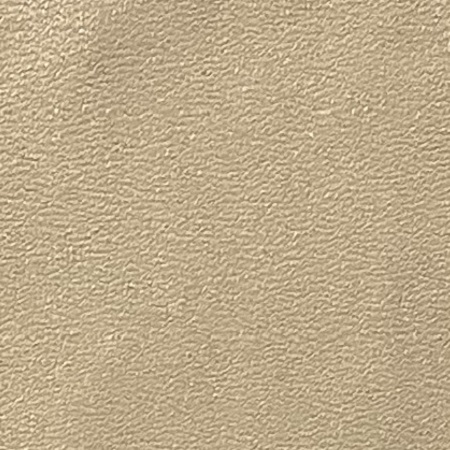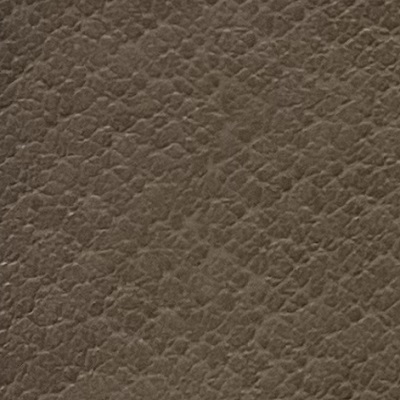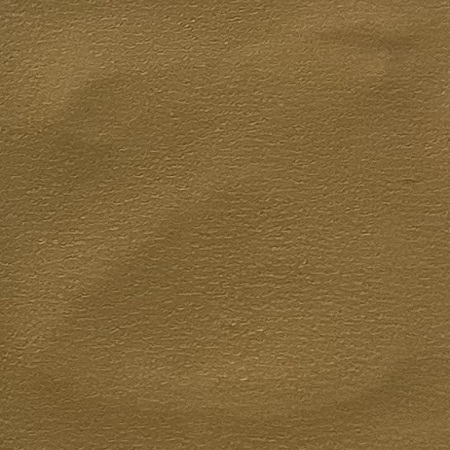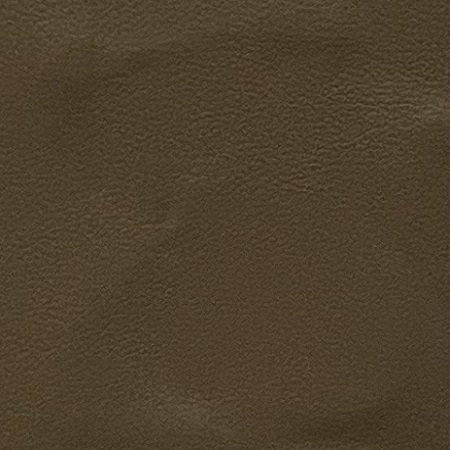Table of Contents
Pros and Cons of Faux Leather Sofas
Faux leather sofas have become increasingly popular in recent years as a more affordable and animal-friendly alternative to genuine leather. While faux leather may not have the same luxurious feel as real leather, it does offer a number of benefits that make it a practical choice for many consumers.

One of the main advantages of faux leather sofas is their affordability. Faux leather is typically much cheaper than genuine leather, making it a more budget-friendly option for those looking to furnish their home without breaking the bank. This can be especially appealing for young adults or families on a tight budget who still want the look of leather in their living room.
Another benefit of faux leather sofas is their durability. Faux leather is often made from synthetic materials that are designed to withstand wear and tear, making it a practical choice for households with children or pets. Faux leather is also easier to clean and maintain than genuine leather, as it is less prone to staining and fading over time.
In addition to being more affordable and durable, faux leather sofas are also more environmentally friendly than genuine leather. Faux leather is typically made from synthetic materials such as polyurethane or PVC, which are not derived from animal hides. This makes faux leather a more sustainable choice for those who are concerned about the ethical implications of using real leather in their home furnishings.
Despite these benefits, there are some drawbacks to consider when it comes to faux leather sofas. One of the main disadvantages of faux leather is that it can be less breathable than genuine leather, which can make it feel hot and sticky in warmer weather. Faux leather also tends to be less soft and supple than real leather, which may be a dealbreaker for those who prioritize comfort in their furniture.

Another downside of faux leather sofas is that they may not age as gracefully as genuine leather. Faux leather is more prone to cracking and peeling over time, especially if it is exposed to direct sunlight or high levels of humidity. This can detract from the overall aesthetic of the sofa and may require more frequent maintenance to keep it looking its best.
In conclusion, faux leather sofas offer a number of benefits that make them a practical choice for many consumers. They are affordable, durable, and environmentally friendly, making them a popular option for those looking to furnish their home on a budget. However, faux leather sofas may not offer the same level of comfort or longevity as genuine leather, so it is important to weigh the pros and cons before making a decision. Ultimately, the choice between faux leather and genuine leather will depend on your personal preferences and priorities when it comes to style, comfort, and sustainability.
How to Care for and Maintain Faux Leather Sofas
Faux leather sofas are a popular choice for many homeowners due to their affordability and durability. However, like any piece of furniture, they require proper care and maintenance to ensure they stay looking their best for years to come.
One of the most important things you can do to care for your faux leather sofa is to regularly clean it. Dust and dirt can build up on the surface of the sofa, causing it to look dull and dirty. To clean your sofa, simply wipe it down with a damp cloth or sponge. You can also use a mild soap or detergent to help remove any stubborn stains. Be sure to avoid using harsh chemicals or abrasive cleaners, as these can damage the faux leather material.
In addition to regular cleaning, it’s also important to protect your faux leather sofa from spills and stains. To prevent spills from soaking into the material, be sure to wipe them up immediately with a clean cloth. You can also use a protective spray or conditioner specifically designed for faux leather to help repel liquids and keep your sofa looking like new.
Another important aspect of caring for your faux leather sofa is to avoid placing it in direct sunlight. UV rays can cause the material to fade and become brittle over time. To protect your sofa from sun damage, consider placing it in a shaded area or using curtains or blinds to block out the sun.
When it comes to maintaining your faux leather sofa, it’s also important to avoid placing heavy objects on it or sitting on the arms or back of the sofa. This can cause the material to stretch or tear, leading to unsightly damage. To prevent this, be sure to use your sofa for its intended purpose and avoid putting unnecessary strain on it.
If your faux leather sofa does become damaged, there are a few things you can do to repair it. Small tears or scratches can often be fixed with a leather repair kit, which can be found at most home improvement stores. For larger tears or damage, you may need to contact a professional furniture repair service to help restore your sofa to its original condition.
In conclusion, caring for and maintaining a faux leather sofa is essential to keeping it looking its best for years to come. By regularly cleaning and protecting your sofa, avoiding sun damage, and using it properly, you can ensure that your faux leather sofa remains a beautiful and functional piece of furniture in your home. With the right care and attention, your faux leather sofa can provide you with years of comfort and style.
| Article Name | Use |
| Sofa Material pu leather | Furniture,Car, Office |







